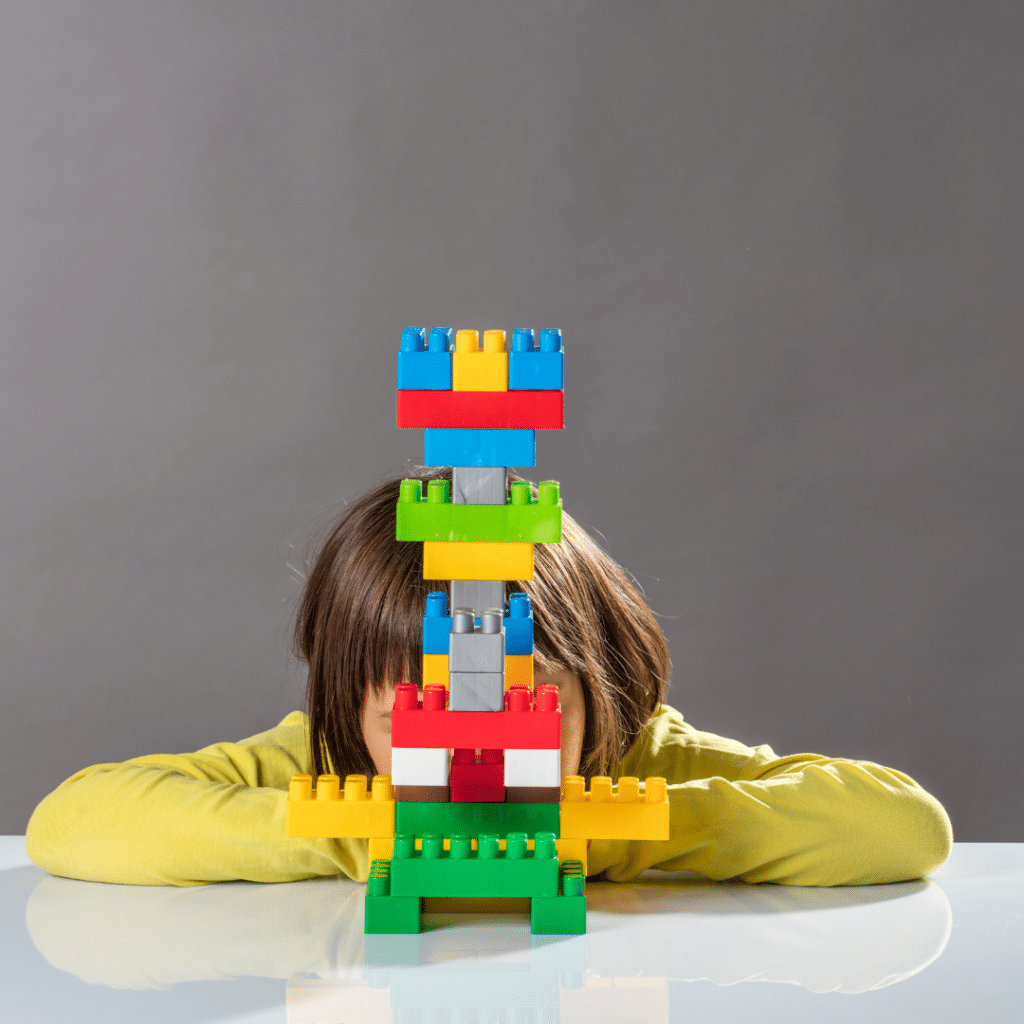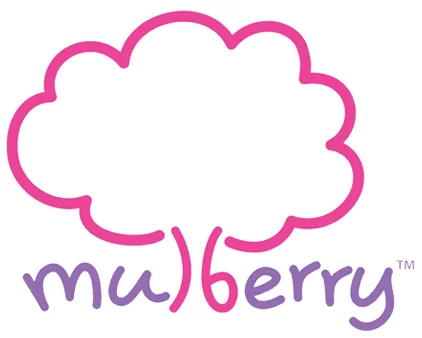How to Help Children Who Refuse to Speak in Preschool
How to Help Children Who Refuse to Speak in Preschool
In preschool settings, communication skills play an important role in children’s social and academic development. To help them thrive in the classroom, interact with peers and adults, and express their wants, needs, and feelings. Some children, however, may experience varying degrees of speech anxiety, which can result in a complete refusal to speak.
In this article, we will explore the reasons children refuse to speak in preschool, provide parents with practical tips to help children overcome their speech anxiety, and offer guidance in deciding when it’s time to seek professional help.

Understanding Speech Anxiety and Speech Refusal in Children in Preschool
A child who refuses to speak in preschool may experience speech anxiety. This can manifest itself in several different ways. Many children may simply be shy or feel a bit intimidated or overwhelmed in social or public settings. However, some children may experience what is known as selective mutism.
With selective mutism, a shy child refuses to speak in certain social situations, even though they speak normally in other situations.
Common Causes of Speech Anxiety in Preschoolers:
Shyness and Social Anxiety: Children are very shy and sometimes too afraid and will refuse to speak a word in strangers’ presence.
Language Development Delays: Some children find it very difficult to communicate with others and express themselves through speech.
Traumatic Experience: If an incident occurred such as bullying, being teased by classmates, or witnessing a real act of violence caused an increase in their fear speech.
A Noisy Classroom Environment: The classroom may be so loud, not an ideal environment for kids, and they simply withdraw from any dialogue.

Practical Strategies to Help Children with Speech Anxiety
- Create a Safe and Nurturing Environment.
Establish an open, nurturing, and judgement-free environment in which children feel confident and free to express themselves without fear. Prioritise open communication, active listening skills, and a respectful attitude.
For example, you could establish a weekly “sharing circle” where each child has the opportunity to speak without interruption or judgement. Encourage active listening by providing positive feedback after each presentation. Additionally, modelling vulnerability by sharing your own experiences in overcoming fears can help create a supportive atmosphere.
- Gradual Exposure and Desensitisation
According to the University of Michigan’s Internal Medicine Department: “Exposure and desensitisation is one set of skills used in Cognitive Behavioral Therapy (CBT). It works best when we know what triggers the anxiety, and are aware of avoidance and safety behaviours used when anxiety presents itself. The goal of exposure is to gradually expose ourselves to whatever it is we are avoiding, which helps us reduce the anxiety and make progress towards our life aims.”
Let’s say your preschooler experiences speech anxiety when meeting new people in school. Whenever there’s a new student or a visitor in the classroom, they become visibly nervous, words stumbling, and they often retreat into silence.
To help overcome this anxiety, a teacher decides to implement gradual exposure and desensitisation techniques:
- Initial exposure by gently introducing the child to new people in a controlled environment. For example, during circle time, the teacher might introduce a new classmate or a visitor and encourage the child to say hello. The teacher keeps the interaction brief and positive, minimising pressure.
- Over time, the teacher gradually increases the frequency and duration of interactions with new people. For instance, during group activities or free play, the teacher pairs the child with different classmates or assigns simple tasks that involve talking to others.
- Throughout the process, the teacher will provide consistent praise and encouragement to reinforce the child’s efforts. Even small steps, such as making eye contact or saying a few words, are acknowledged and celebrated.
- The teacher will also regularly assess progress and adjust the exposure levels accordingly.
- If the child shows signs of distress or resistance, the teacher scales back the exposure and provides additional support and reassurance. On the other hand, if the child demonstrates improvement, the teacher gradually introduces more challenging social situations.
- Use Visual Aids and Gestures
Visual aids, gestures, or non-verbal cues can be used to improve children’s understanding and communication. Use picture cards, hand gestures, or facial expressions to explain ideas and help children communicate.
If your child struggles with verbal communication due to anxiety, you can incorporate visual aids and gestures into their daily interactions:

- Use picture cards to depict common activities, emotions, or items found in their home environment. For example, there could be picture cards showing eating, sleeping, playing, happy, sad, etc. When the child wants to convey a need or emotion, they can point to the corresponding picture card rather than articulating it verbally.
- Teach your child simple hand gestures or signs to accompany important words or phrases. For instance, when asking a question, parents can use a specific hand gesture to prompt a response. Certain gestures can also signify a yes or no.
- Do utilise exaggerated facial expressions to convey meaning and emotion during conversations. When telling bedtime stories or discussing feelings, use animated facial expressions to illustrate characters’ emotions or reactions. This helps children to understand the context and nuance in communication, as well as encourages them to interpret and mimic facial cues themselves.
Simple Home Tests to Evaluate the Severity of Speech Anxiety
Observational Checklists: Develop an observational checklist to keep track of your child’s behaviours and reactions in social settings. Make a note of the things that cause them to develop speech anxiety, such as avoidance of eye contact, withdrawal from social activities, or stress-related physical symptoms like sweating or twitching.
Role-Playing Activities: By acting out sample social events with your child, help them regain their confidence in situations that can lead to speech anxiety. Get to know how they are acting and what issues they are facing, in role-playing scenarios.
Communication Diaries: Make a diary of communication to highlight the communicative patterns of your child, both spoken and unspoken, during the day. Take note of moments where they struggle to put their thoughts into words, avoid speaking in social situations, or display any signs of speech anxiety.
When to Get Professional Support
While a certain degree of speech anxiety is normal in preschool-aged children, severe and persistent problems with speech in children may indicate an underlying problem.
Parents may wish to consult a speech therapist, a child psychologist, or a developmental paediatrician if their child is showing any or all of the following symptoms:
– Continuous refusal to speak in social settings or preschool
– Speech development is slow or limited
– Difficulty with simple instructions
– Anxiety or upset related to speech in any context

Refusing to speak in preschool can put an extra strain on parents and caregivers as they try to help their children. Patience, understanding, and actively supporting their speech and social education are the best tools to help a child overcome their preschool anxiety. By addressing why speech anxiety is occurring and teaching communication and social skills, children can be given the tools to overcome their fears.
With supportive families, Mulberry Learning and the help of health professionals when needed, all kids can develop the confidence to speak well and succeed in school and life.
Mulberry School Tour
Our Locations
Click here to visit our Contact Us page and view the preschool/infant care centres conveniently located near you.
CONNECT WITH US
USEFUL LINKS
About Us
Mulberry Learning prides itself on making the preschool experience both memorable and enjoyable while transforming a child into a competent explorer, an imaginative thinker, and a creative problem solver. Through our proprietary award-winning curriculum, unique Habits of Mind programme and dedicated staff who are passionate about imparting positive attitudes, Mulberry Learning holds strong in its promise to deliver a holistic education that nurtures the Future Ready Child.
A PREMIUM PRESCHOOL BRAND UNDER GLOBAL EDUHUB


